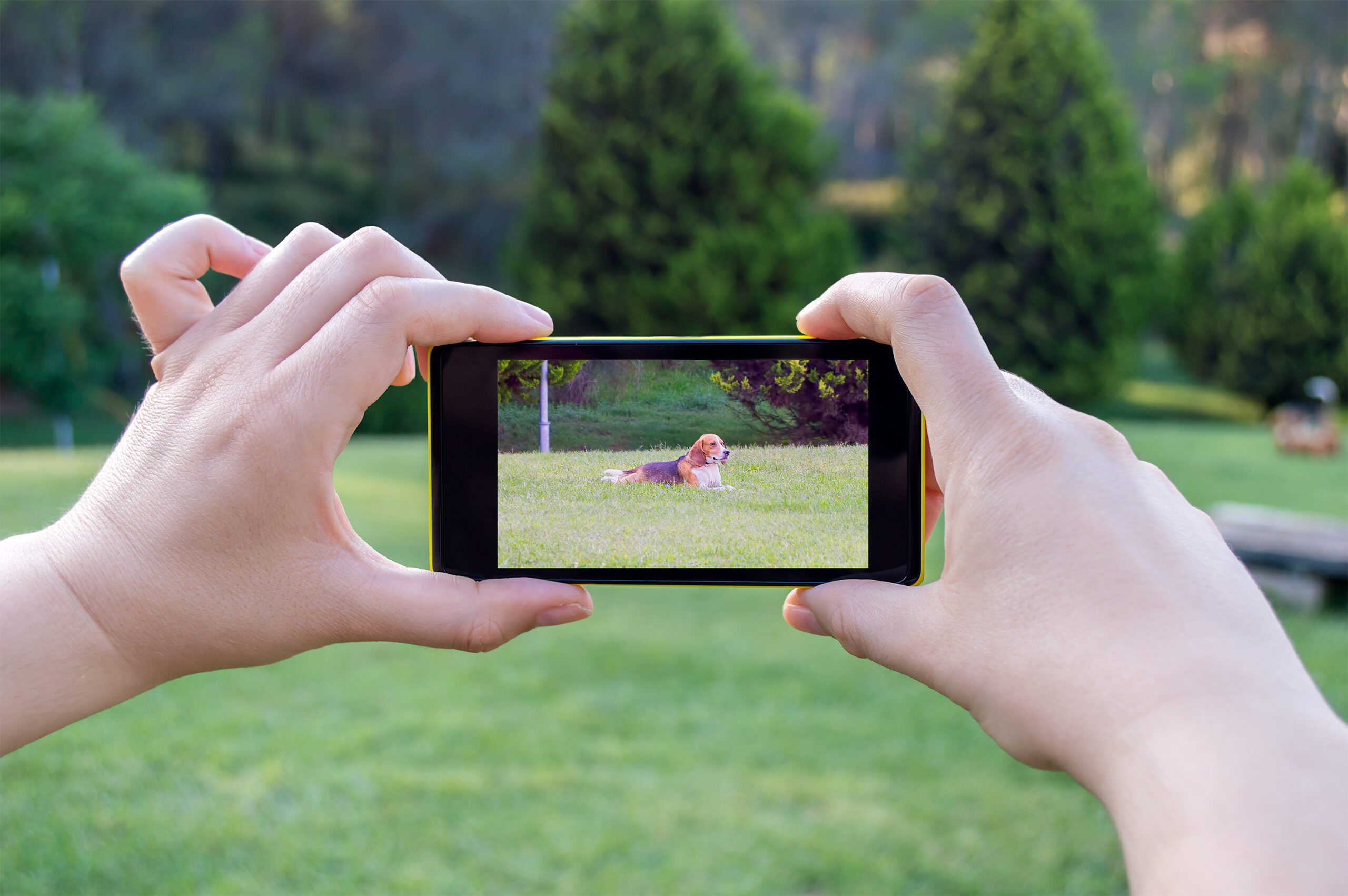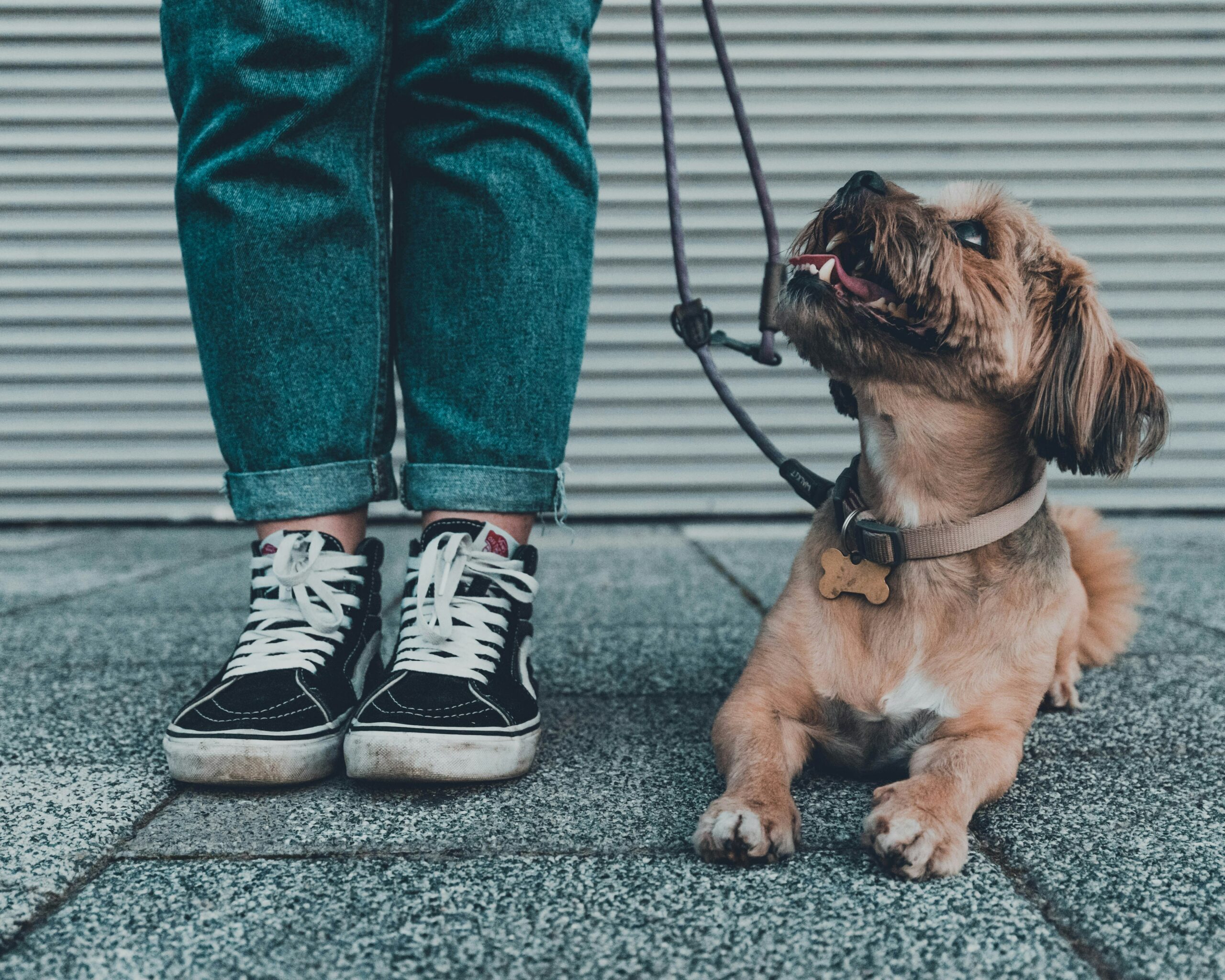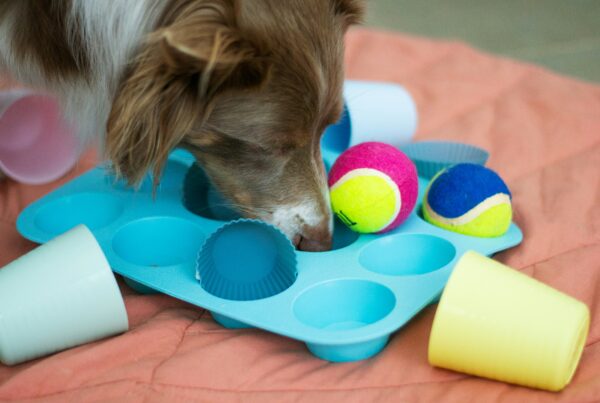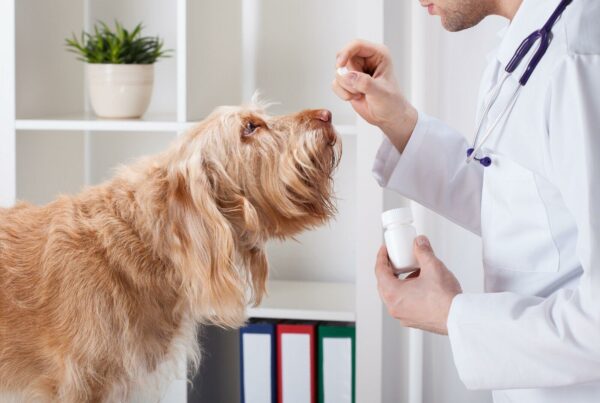Capturing the spirit and joy of your furry friend through a camera lens can create lasting memories and artful snapshots that showcase your pet’s character. Pet photography allows you to freeze moments in time, from playful antics to peaceful slumbers, providing a visual diary of your pet’s life.
While photographing pets can be challenging due to their unpredictable behavior and constant movement, the right techniques and a bit of patience will enable you to take stunning, expressive photos that you’ll cherish forever.
Setting The Scene
Before you start snapping pictures, consider the environment where you’ll photograph your pet. Choose a location where your pet feels comfortable and at ease, whether it’s at home, in a garden, or at a familiar park. Natural settings not only provide a calm backdrop but also enrich the composition of your pet photos with vibrant natural light and colors. In cities like Brisbane, pet photography Brisbane enthusiasts often find that local parks offer diverse scenery—from lush greenery to textured pathways—that add depth to each photo.
When setting up your scene, pay attention to the background. Cluttered or busy backgrounds can detract from your main subject, your pet. Opt for simple, non-distracting elements that complement the focus of your photograph. Additionally, consider the time of day; early morning or late afternoon, known as the golden hours, offer soft, diffused light that beautifully illuminates your pet’s features.
You can also incorporate your pet’s favorite toys or items into the scene. These not only add a personal touch but also help keep your pet engaged and lively during the photography session. This strategy is particularly effective for pets reluctant to sit still, encouraging natural expressions and movements essential for capturing their true essence.
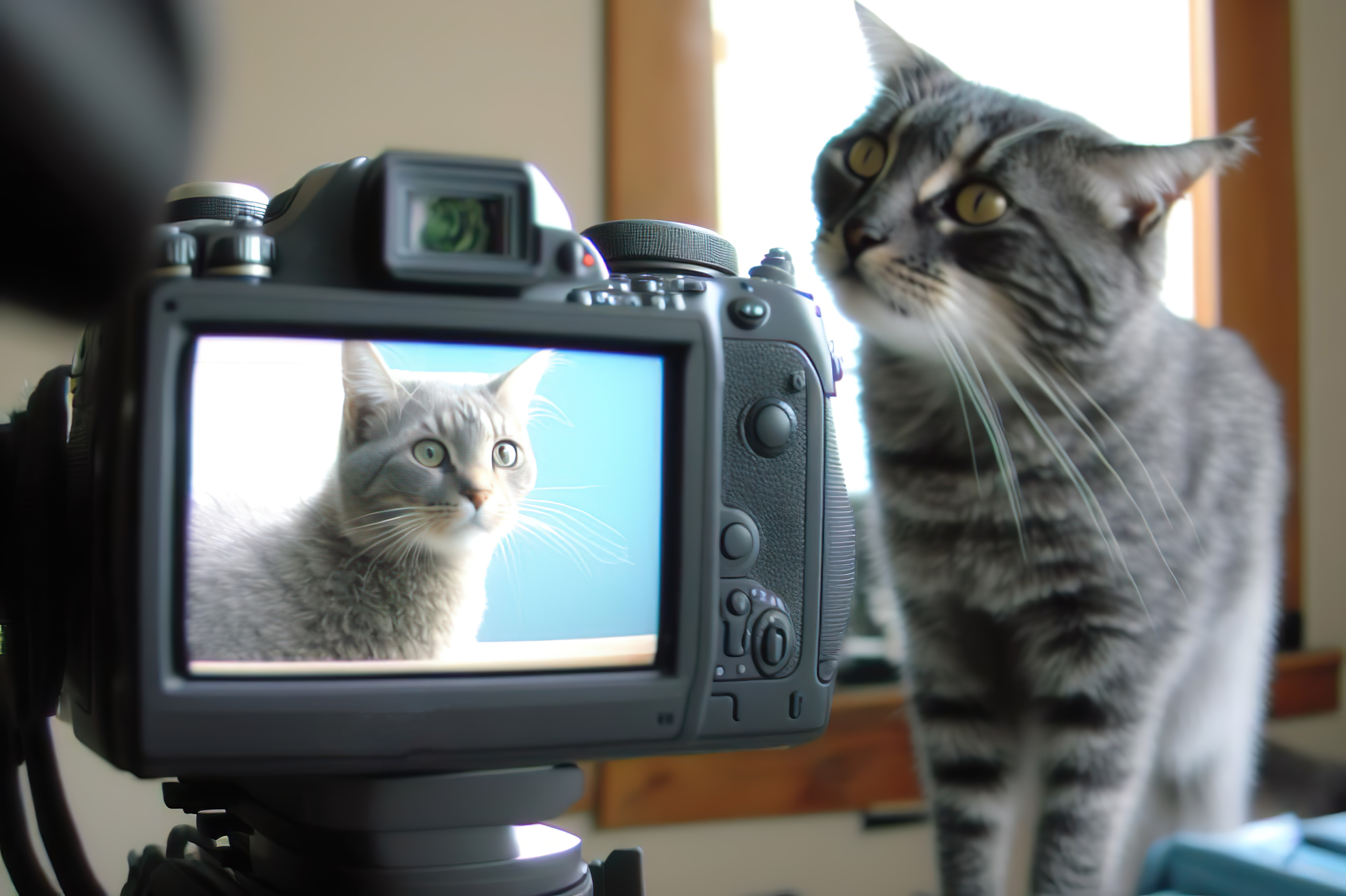 Capturing Action Shots
Capturing Action Shots
Action shots are dynamic and can showcase your pet’s agility and character. To capture clear, sharp images of your pet in motion, use a fast shutter speed. This setting helps freeze the action without blur, allowing you to capture every detail of the movement, from the flapping of ears to the swish of a tail. Start with a shutter speed of at least 1/500th of a second, adjusting as needed based on your pet’s speed.
Anticipation is crucial in action pet photography. Observe and learn your pet’s behavior to predict when they might jump, run, or play. This readiness allows you to capture the peak moment of action that conveys emotion and energy. Use continuous shooting mode on your camera settings to take multiple shots in rapid succession, increasing your chances of capturing that perfect action shot.
Ensure there is ample light to not only freeze the action but also to avoid high ISO settings that can result in noisy, grainy photos. Outdoor environments are ideal for action shots due to the natural light and the space available for pets to move freely.
Editing And Final Touches
Post-processing is an important step in pet photography, allowing you to refine your photos and enhance the mood you wish to convey. Use editing software to adjust exposure, contrast, and saturation to bring out the best in your images. Be careful not to over-edit; aim to enhance the photo while maintaining its authenticity.
Cropping can dramatically alter a photo’s impact. Crop to eliminate distractions in the background or to bring more focus to your pet. However, ensure that the cropping maintains a good balance in the composition and doesn’t unintentionally cut off important parts of your pet, like their paws or ears.
Consider converting some pictures to black and white to add a timeless, classic feel to your images and emphasize the textures and contrasts within the photo without the distraction of color. Black and white photography can be particularly striking for pets with distinct markings or expressive eyes.
Working With Different Personalities
Every pet has a unique character, and understanding this can greatly influence the success of your pet photography. For the shy or anxious pet, create a calm environment and allow them time to become accustomed to the camera’s presence. Slow movements and a gentle tone can help them feel more comfortable.
For pets that are energetic and constantly on the move, short, playful sessions often yield the best results. Utilize your knowledge of your pet’s habits and preferences to your advantage. If your cat loves to perch in the sunlight by the window, use that setting to capture them in a serene moment.
If your dog is happiest when splashing around in water, consider a shoot at the beach or a lake. Adapting to their preferences not only ensures their comfort but also results in more natural and authentic photos.
Wrapping Up
Pet photography combines artistry with affection, turning simple moments into lasting memories. By setting the right scene, capturing action, understanding different personalities, and applying thoughtful edits, you elevate your photos from mere snapshots to compelling stories captured through your lens.
Patience and a deep understanding of your furry friend are the keys to great pet photography. Each click of the shutter not only captures a moment but also cements a bond, making every photograph a testament to the joy and companionship pets bring into your life.
Photo credit:
Did you find this city dog content helpful? Share it with a friend or link it to social media. Enjoy short clips of silly dogs? Best dog training videos? Holistic puppy training tips? Follow us on instagram @nydognanny or on YouTube at nydognanny. Have some news you needs to get to dog and cat parents stat? Email info@newyorkdognanny.com with your article pitch.

